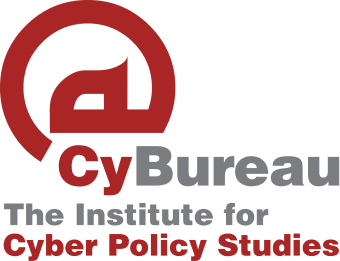The Rising Industrialization of Cybercrime on the Dark Web
It should come as no surprise to anyone that the proliferation of tools for cybercrime is becoming increasingly available on the dark web. Often known as the “wild west” of the internet, black market sites such as the infamous silk road have served as online bazaars for products such as firearms, drugs, and nearly every illegal product which isn’t available on above ground websites. Even the first purchase made in the history of the internet was supposedly a small bag of marijuana, and with the innovation of Tor, anonymous illegal marketplaces are seemingly here to stay.
The Overall Rise of Cybercrime During Covid-19
When it comes to cybercrime, the dark side of the internet has allowed criminals and bad actors to access and abuse tools that would have been previously difficult or impossible to utilize. Arenas of Russian speaking hacking forums can be found on the deep web, while English ones permeate the dark web. Stolen data which is most commonly obtained now through cyber attacks, is now spreading 11 times faster than it was just a mere 6 years ago according to a recent study. Assisted by these resources, cybercriminals have been estimated to cost the world economy a trillion dollars a year, or almost 1 per cent of the entire world GDP.
COVID 19 has only exacerbated the industrialization of cybercrime on the dark web according to the UNODC, with technological developments being partially to blame. The increased usage of cryptocurrencies, escrow payment systems, tumblers, crypto-mixers and laundry services, has further bolstered the anonymity of cybercriminals. This growing sense of safety has subsequently created a low risk, high gain environment for cybercrime to occur. These elements have all combined and contributed to the rise of cybercrime as a service, or “CaaS”.

Cybercrime as a Service
CaaS has been partially responsible for the waves of ransomware attacks that have permeated the headlines this last year. Criminals who would have previously been too technologically illiterate to carry out attacks can now purchase the means of carrying them out on the dark web. Ransomware as a service, also known as “RaaS”, can enable any individual to carry out cyber extortion as well. RaaS is often sold as a cloud-based subscription service, available to any individual that has access to its respective cyber marketplace for as low as $50 to upwards of thousands.
The rise of these services has coincided with an increasing commodification of stolen data. While the sheer amount of information available online has seen a sharp increase over the last year, prices have remained around the same. The types of data available on the dark web vary. Coinbase wallets, cloned mastercards, hacked Netflix accounts, and forged passports are among some of the products sold containing stolen data. This market only compliments that of CaaS, with the two black-market industries creating an overall expansion of the cybercrime landscape.

How it’s Being Fought
The growing prevalence of CaaS sold on the dark web can actually be of benefit to cybersecurity professionals from a threat intelligence perspective. A recent study has created a theoretical model for “darknet mining”, by utilizing game theory in order to better predict which exploits cybercriminals are more likely to use by processing data pulled from dark web marketplaces. This type of approach turns the dark web into a sort of window into the minds of cybercriminals, so threats can be better prevented before they occur.
As the cybercrime landscape becomes more nuanced, so must that of cybersecurity professionals. While the cat and mouse game that cyber threats pose may never disappear, it’s important that the knowledge base of these professionals advances to keep up with the changes that criminals are making to try and achieve their goals. The most important goal of threat intelligence is not to figure out the cybercrime which will be carried out today, however, but that of which will be carried out tomorrow. One can only hope that as cybercrime becomes increasingly industrialized, the scales will shift for cybersecurity professionals to the latter.

